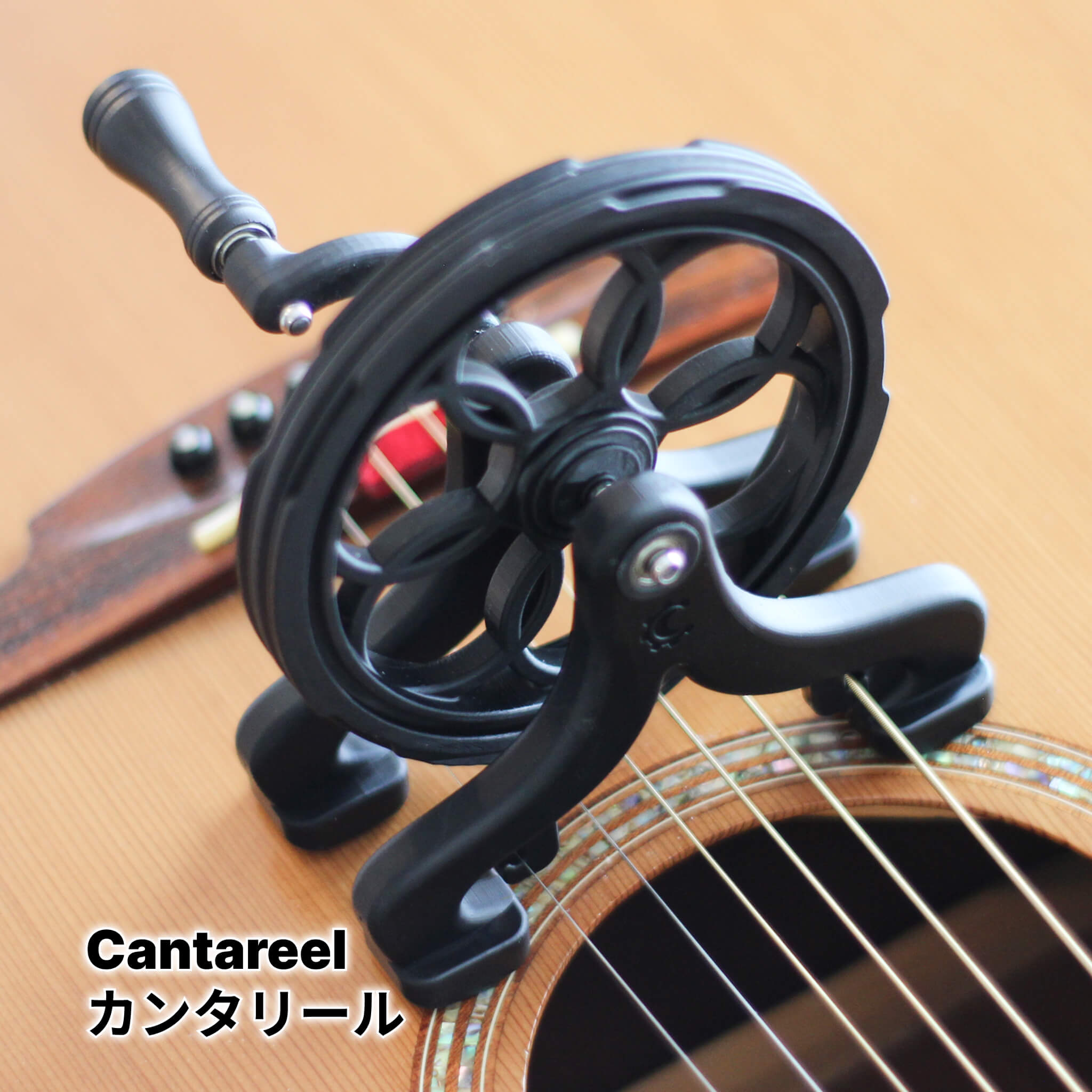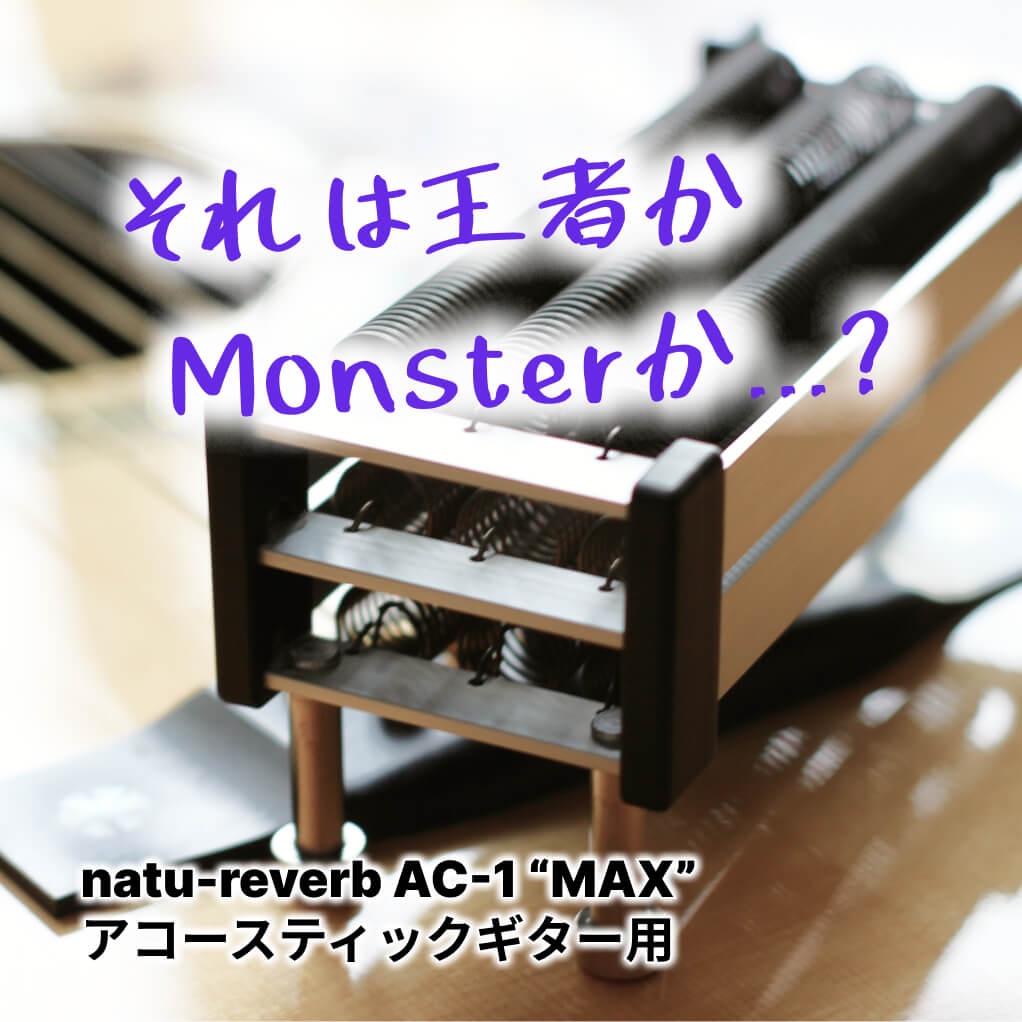Echo is a familiar effect in karaoke. When you add reverberation, you can sing very comfortably.
Stringed instruments such as acoustic guitars, classical guitars, and ukuleles can also be played comfortably in a concert hall by adding reverberation.
Spatial effects that generate reverberation are called “echo,” “delay,” “reverb,” etc.
The differences between these three are somewhat ambiguous, but if you understand the differences, you may be able to find a more comfortable sound.
This time, I will explain the difference between "echo," "delay," and "reverb," and the points to note for each.
Echo and delay are basically the same thing
Although echoes and delays have different acoustic principles, they often sound the same to the ear.
Simply put, echo is a naturally occurring sound reflection, and delay is an artificially created sound reflection.
Yamabiko image
Echoes are a type of echo, a distinctive example in the natural environment.
Echoes are more likely to occur in environments with large reflective surfaces, such as mountains, rocks, and large buildings, where sound is easily reflected.
By imagining a yamabiko, you will be able to understand that an echo is a sound that is reflected back.
A sound that is copied and the timing is shifted
Echo is a phenomenon in which sound emitted from a sound source is reflected by surrounding objects or spaces, and the reflected sound is heard.
If the time delay from the sound source to the reflected sound is short, the sounds may overlap.
The reflected sound is the same sound as the sound emitted from the source, but when they overlap, it is heard as a "reverberation" of the sound.
A “delay” is an artificial reproduction of this, or a copy of the sound with a different timing.
Pay attention to Feedback and Time settings
When working with delays, be careful with the Feedback and Time settings.
Feedback is a parameter that adjusts the volume of reverberations produced by the delay. The higher the Feedback, the louder the echo will be, and the longer it will last. On the other hand, decreasing the Feedback will also reduce the volume of the reverberations and make the reverberations last for a shorter period of time.
Time is a parameter that adjusts the time difference between the reverberant sound and the sound coming from the source. If Time is increased, the reverberant sound will appear with a delay. On the other hand, a smaller Time makes the reverberant sound appear sooner.
By adjusting these parameters you can create different kinds of delay effects.
Difference between reverb and delay
Next, I will explain the difference between reverb and delay in an easy-to-understand manner.
Reverb that adds spaciousness to the sound
Reverb gives the impression that the sound is being transmitted while reflecting in space, so it can give the sound a sense of spaciousness.
This creates the illusion that the sound actually exists in the space.
You can also create different types of spatial reverb by adjusting parameters such as reverb time.
It also has a nice blur effect
Even in photos, a photo with a slightly blurred border can create a more atmospheric image than a photo with clear details.
If set well, reverb can produce a similar effect, creating an extraordinary atmosphere.
Difference between reverb and delay
Reverb is an acoustic effect that occurs when sound bounces off of surrounding objects and spaces and reverberates multiple times.
This gives the impression that the sound is being reflected in the space as it travels, and sounds like it exists in the space.
Delay, on the other hand, is used to create the effect of overlapping sounds by delaying the sound after it has been input.
This gives the impression that the sounds are repeating, and sounds like they are overlapping.
Simply put, reverb reproduces the reverberations of sounds in a natural space, and delay delays the sounds to create an overlapping effect.
There is also a combination of reverb and delay
Reverb and delay can be usefully combined.
Reverb adds spaciousness to the sound and reproduces space. Delay, on the other hand, delays the sounds, creating the effect that the sounds overlap.
By combining reverb and delay, you can create even more sonic effects.
For example, by adding reverb to create a space, and then adding a little delay, you can create the effect that the sound is coming from the space.
As another example, delays can be applied to layer sounds together, followed by reverb to create deeper sonic effects.
However, it is important to adjust the level and timing of the effect to be used, so it is necessary to use it while doing trial and error.
Beware of too much reverb
Too much reverb can complicate the sound, making it difficult to hear or risk blurring the space.
Adjusting the reverb level is important to avoid over-reverb.
By adjusting the reverb level, you can apply an appropriate amount of reverb to the sound.
Choosing where to apply reverb is also important.
For example, you can add a little reverb to the lead part and more reverb to the back part to make the soundstage richer.
Finally, when using reverb and other effects, it's always important to focus on intuitive listening and trial and error.





